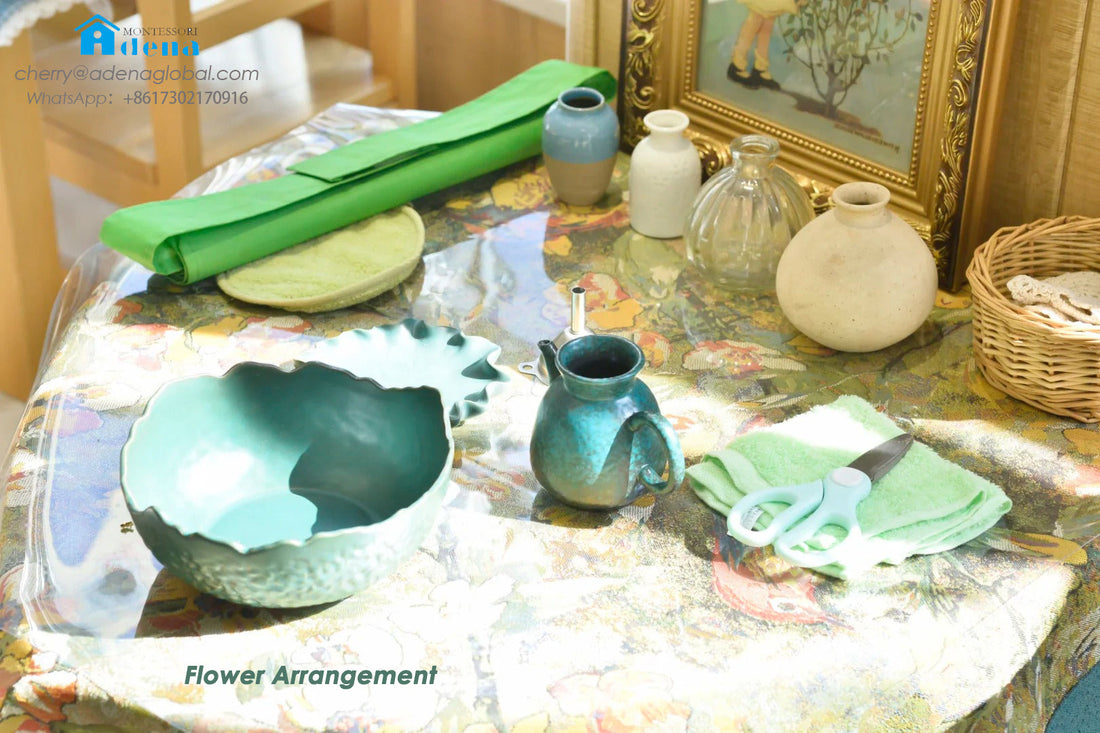
Montessori Education | The Secret of Color in a Montessori Classroom
The Montessori classroom is equipped with a wide variety of materials in a rich array of colors. Each set of work has a unified color code, designed to help children better identify, classify, and use the materials.
This environment not only assists children in establishing a clear classification and memory system visually but also provides abundant stimulation and experiences through other senses such as touch and hearing, fostering the overall development of children.

❤️Promoting Cognitive Development in Children
The color coding used in Montessori classrooms makes the teaching materials more eye-catching, enhancing children's memory and discrimination abilities. When children see Montessori materials of a specific color, they can quickly associate them with related learning content, thereby improving learning efficiency.
Through color coding, the teaching materials in the Montessori classroom are organized and sorted in an orderly manner. This classification system not only helps children understand the relationships and differences between different materials but also cultivates their classification thinking and inductive abilities.

❤️Cultivating a Sense of Order and Self-Discipline
The color coding in Montessori education helps children establish a clear visual order in the classroom. When each set of work has a fixed color code, children can more easily find the materials they need and return them to their proper place after use. This orderly environment contributes to cultivating children's sense of order and self-discipline.
By participating in the organization and return of teaching materials, children gradually recognize their responsibilities and obligations. They learn to cherish and care for the materials, while also developing a sense of responsibility and self-management skills.

❤️Supporting Children's Autonomous Learning and Stimulating Their Interest in Learning
Children can understand the purpose and operation methods of Montessori materials by observing the color coding, thereby independently completing learning tasks. This autonomous learning process helps cultivate children's ability to think independently and solve problems.
At the same time, vibrant colors and orderly coding attract children's attention and stimulate their exploratory interest. In a Montessori classroom, children can freely choose interesting materials to explore and manipulate, thereby learning and developing through play.

❤️Promoting Multi-Sensory Development in Young Children
The color coding in Montessori education first provides children with rich visual stimulation, promoting their visual development. At the same time, color coding is often combined with the material, color, shape, size, and other characteristics of the teaching materials, providing children with a comprehensive sensory experience.
Montessori education, through unique teaching methods and environmental settings, helps children achieve independence in body, will, and thought, promoting the comprehensive development of their personality, psychology, intelligence, and spirit. It lays a solid foundation for their future lives.

